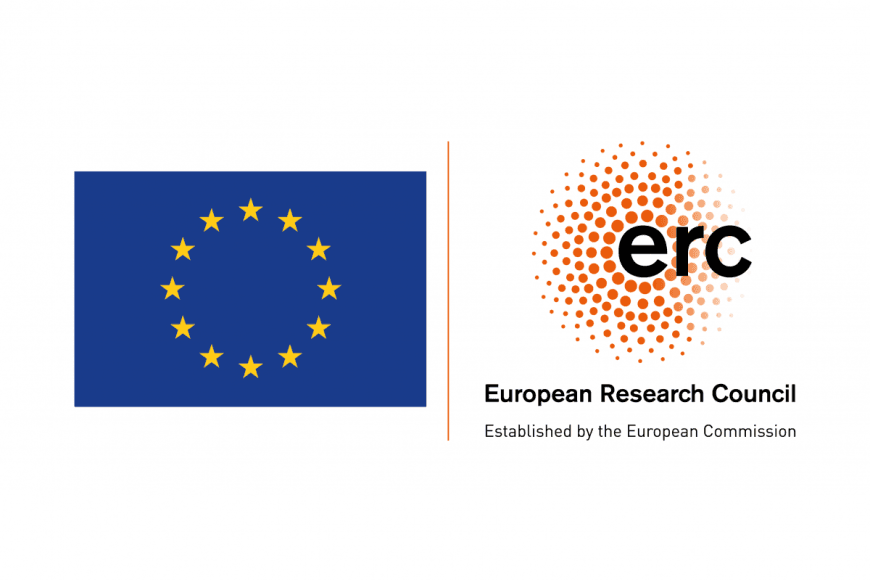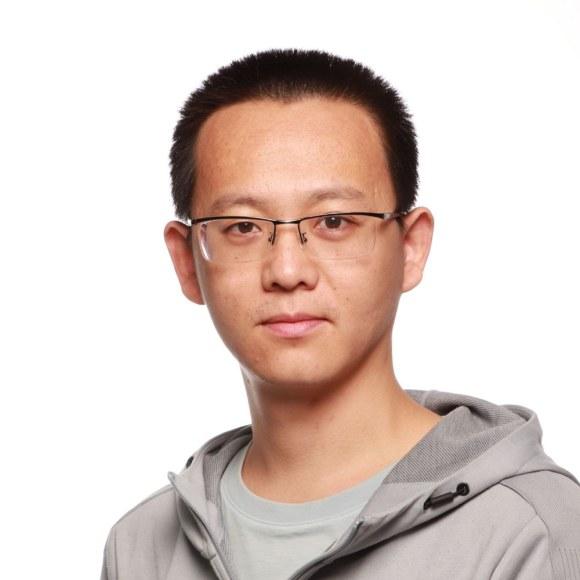
Networks of artificial, interacting, self-oscillating materials
Dynamic materials that can sense changes in their surroundings and respond in some functional way could greatly benefit science and engineering. The ERC-funded ONLINE project seeks to develop lifelike material structures that communicate with each other via physical contact, fluidic media or optical beams. These artificial materials will be able to sustain their mechanical motion when they are not in thermodynamic equilibrium. Leveraging this self-oscillation concept, ONLINE’s goal is to design soft robots that sustain their own movement, make their own decisions and adapt to their environmental conditions, without human control.
Goal
ONLINE aims to develop new concepts of communication between inanimate materials.
What is meant by communication? In biological context, communication refers to interactive behaviour of one organism affecting the current or future behaviour of another. In the context of bioinspired materials, ONLINE will develop life-like material structures that communicate with each other via physical contact, fluidic medium, or optical beams. These inanimate materials will be coupled to form networks that communicate autonomously through light.
How to make them? The core concept behind the communicative materials is self-oscillatory (self-sustained) motions in light-responsive liquid crystal elastomers (LCEs). Self-oscillation is a responsive structure that can self-sustain its own mechanical motion in a constant energy field. It captures the key concepts of living organisms, i.e. functioning out of thermodynamic equilibrium and energy dissipation. My goal is to scale down the self-oscillator concepts to the micro-scale and realize soft material robots that can communicate.
Why is this important? There exists an increasing need for artificial materials that can interact, alike biological systems. However, all the dynamic features of state-of-the-art responsive materials are based on internal material properties, and making individual materials interact with each other is a huge challenge. ONLINE proposes three new model systems for material communication: (I) Microscopic walker swarm, in which the locomotion and patterns of interactions between individuals can be fully programmed; (II) Cilia array that move cooperatively and self-regulate the fluidics at low Reynolds numbers; (III) Homeostasis-like light-communicating coupled network that provides a full set of tunable parameters to mimic the complexity of biological oscillators.
Funding
People
Hao Zeng
Academy Research Fellow Hao Zeng
Hao ZengQi Yang
Postdoctoral Research Fellow Qi Yang
Qi YangContact persons
Dr. Hao Zeng
Academy Research Fellow
Email: hao.zeng [at] tuni.fi

